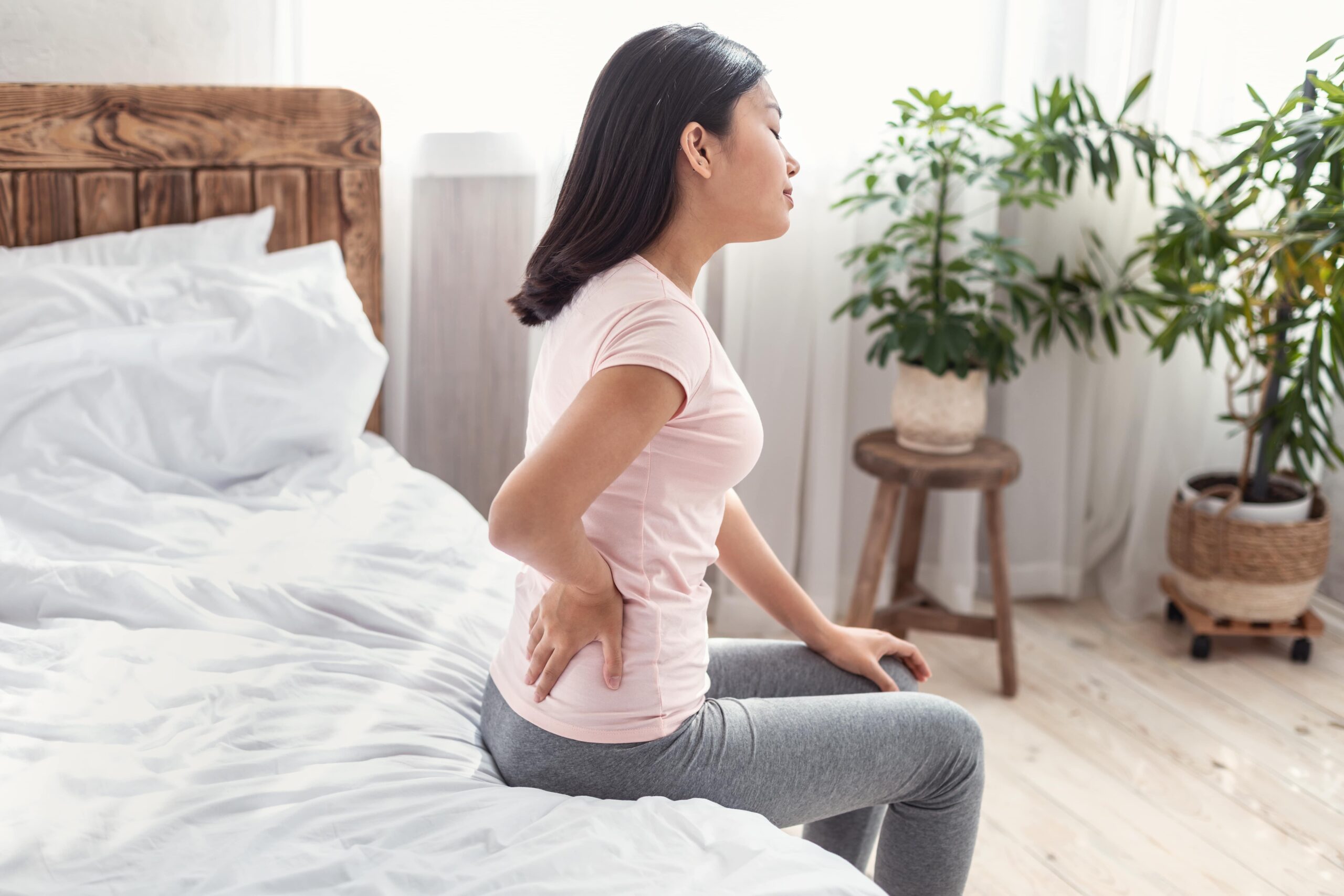
My Lower Back Is Killing Me! Is This Normal?
Lower back pain is a common condition that plagues many of us, young or old. While the pain can interfere with daily activities, current evidence-based practice shows that in most cases, the issue can be resolved adequately through guidance from a qualified physiotherapist and through a proper understanding of the causes.
Factors That Influence Lower Back Pain
In the majority of cases it is important to make the distinction between lower back pain, and not injury. Physiotherapists use an evidenced-based approach for the management of LBP with a biopsychosocial model, which considers the following:
- The BIOLOGICAL tissues involved (muscles, ligaments and bones)
- The PSYCHOLOGICAL perceptions and emotions related to the episode (anxiety, depression and increased stress)
- The SOCIAL context to which the episode of LBP relates to (work, personal or cultural factors)
Taking a biopsychosocial approach is vital. Evidence shows that in the majority of cases, the physical factors alone are not the only cause and that there are significant other influences from our body systems.
In LBP, the structures involved need to be viewed as a source of input that potentially generates a response of pain. This input is open to interpretation and modification by our central nervous system. It can either magnify or inhibit the potential pain according to how our body, physiologically and emotionally, perceives the input as either dangerous or innocuous. The brain’s interpretation and modification is directly influenced by:
- Sleep quality
- Emotional stress & mood
- Fatigue
- Nutrition
- Other health problems
- Physical activity levels
- Mental illness
- Context of symptoms e.g. home, work, sport
- Personality types eg. fearful, depressed, anxious
Simply put; when we are tired, run down, or stressed, our pain thresholds are reduced. For these reasons, the treatment of LBP needs to be dealt with in relation to all body systems including the hormonal, metabolic, psychological, and immune systems, and not just the involved structural tissues.
Do I Need An MRI?
In most cases of LBP, imaging in the form of scans and x-rays is not needed. In fact, getting scans and x-rays unnecessarily can actually increase the experience of pain in some clients!
According to research, half of all over 30 year old’s and two thirds of all over 40 will have degenerative changes in their lower back. Simply put, if you’re over 60, it is uncommon to not have degenerative changes.
When unnecessary scans or x-rays are performed, the presence of degenerative changes will be discovered and can misleadingly be blamed as the cause of an episode of LBP, when in fact it has no influence whatsoever. Subsequently, the anxiety and fear created by the diagnosis can sensitise our nervous system, and increase our LBP even further. This is extremely unhelpful!
So What Can I Do About My Back Pain?
Instead of rushing off to the doctor to get an xray or MRI the moment you experience pain in your lower back, consider the biopsychosocial model above and try to understand the factors that may be triggering your LBP episode.
To understand this mentality better, let us draw a parallel to headaches. When we experience the onset of a headache, we don’t think it is an injury and certainly we don’t immediately rush off to the doctor to get strong medications prescribed or a brain scan done. Instead, we think about what we can do about our headache. It may be drinking more water, getting better quality sleep, improving nutrition, being less sedentary, taking some exercise, or decreasing the stress in our lives.
LBP should be viewed in a similar way to headaches and common ailments, such as tiredness, sadness, constipation, or stomach upsets. They are not fun but very common experiences and predicaments of life that most of us experience from time to time.
So, now you know what factors in your life may be attributing to our back pain! You can consider addressing some of the stressors in your life and remember that in the majority of cases in conjunction with our Physiotherapist to live a happier, more comfortable and pain free life.
Written By: Michael Bushell, B.Sc. Physio (Aust); M. Manual Therapy (Aust); M.S.P.A
As an Australian Physiotherapy Association (APA) Titled Musculoskeletal Physiotherapist with over 24 years of clinical experience, Michael is a highly qualified physiotherapist with expert knowledge and skills in all areas of musculoskeletal and sports physiotherapy.
